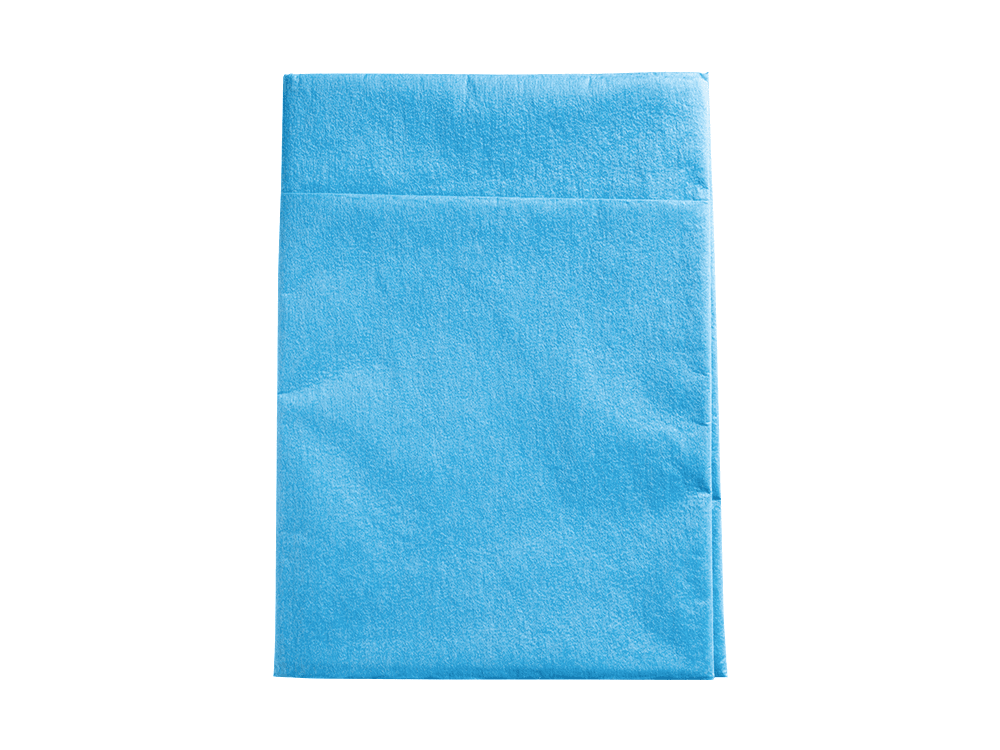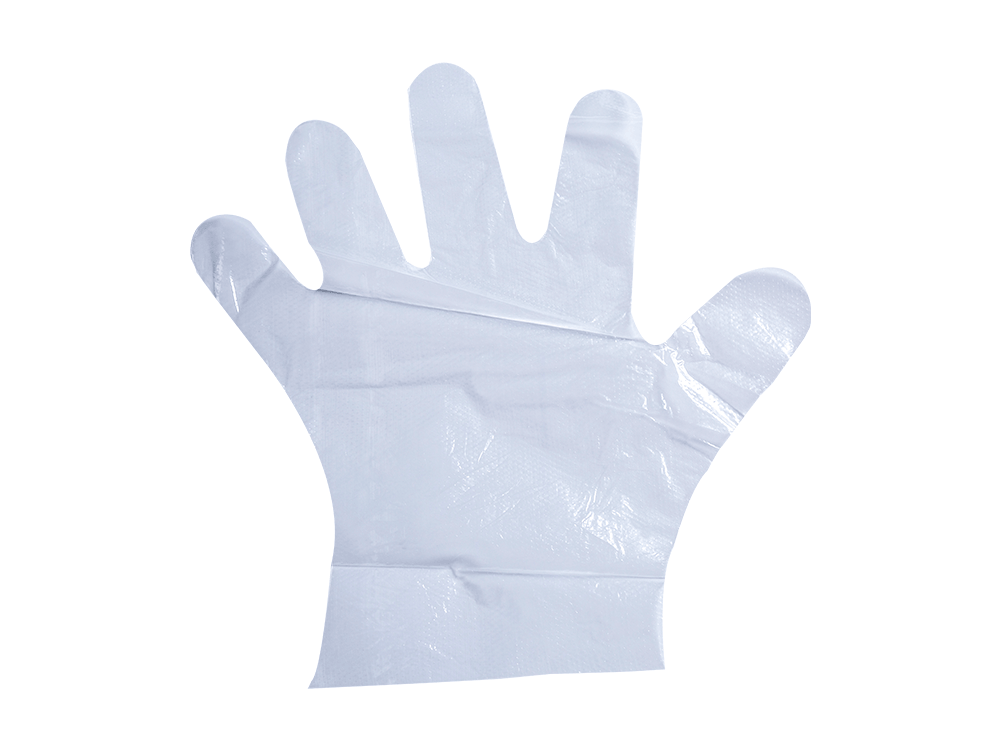CPE (Chlorinated Polyethylene) gloves, latex gloves, and nitrile gloves are all popular choices for disposable gloves, each with its own set of characteristics. Here's a comparison in terms of flexibility, durability, and barrier protection:
Flexibility:
CPE Gloves:
CPE gloves are generally more flexible and have better stretchability compared to some other types of disposable gloves. This flexibility makes them comfortable to wear for extended periods.
They are often looser fitting, allowing for easy donning and removal.
Latex Gloves:
Latex gloves are known for their high elasticity and excellent flexibility. They conform well to the hand, providing a snug fit and good dexterity.
Latex gloves offer a high level of tactile sensitivity, making them suitable for tasks that require fine motor skills.
Nitrile Gloves:
Nitrile gloves also offer good flexibility, although they may be slightly less elastic than latex gloves.
Nitrile gloves provide a comfortable fit and are available in various thicknesses to suit different needs.
Durability:
CPE Gloves:
CPE gloves are less durable compared to latex and nitrile gloves. They are suitable for light-duty tasks but may not withstand heavy or abrasive use.
They are more prone to tearing or puncturing than latex or nitrile gloves.
Latex Gloves:
Latex gloves are known for their durability and resistance to punctures. They provide reliable protection against a variety of chemicals and pathogens.
However, some individuals may be allergic to latex, which can be a significant drawback.
Nitrile Gloves:
Nitrile gloves are highly durable and resistant to punctures, abrasions, and chemicals. They offer robust protection, making them suitable for a wide range of applications.
Nitrile gloves are a good alternative for individuals with latex allergies.
Barrier Protection:
CPE Gloves:
CPE gloves provide a basic barrier against contaminants, but they may not offer the same level of protection as latex or nitrile gloves.
They are more commonly used in non-medical applications.
Latex Gloves:
Latex gloves offer excellent barrier protection against bacteria and viruses. They are widely used in medical and healthcare settings.
Latex, however, may cause allergic reactions in some individuals.
Nitrile Gloves:
Nitrile gloves provide a high level of barrier protection against chemicals, pathogens, and other contaminants.
They are suitable for medical, laboratory, and industrial applications and are a preferred option for those with latex allergies.


 english
english 中文简体
中文简体

















